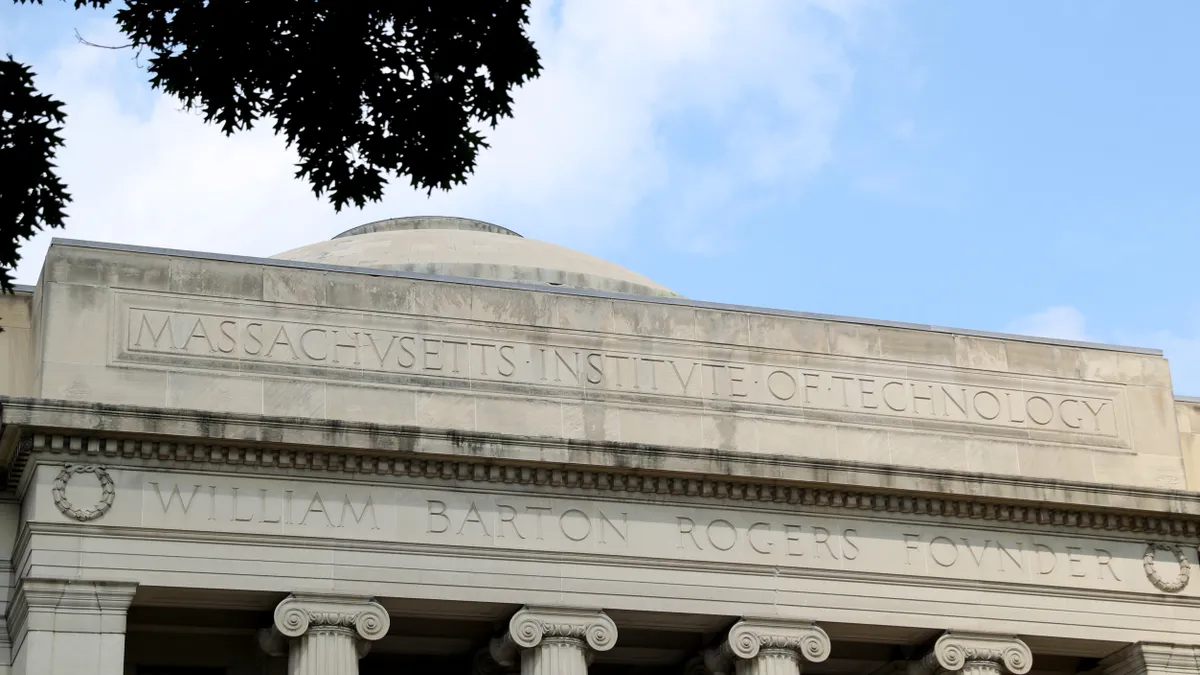Dive Brief:
- Rising interest rates could improve public colleges’ balance sheets by reducing their adjusted net pension liabilities, according to a new report from Moody’s Investors Service.
- However, public colleges’ pension obligations could still increase if plans experience investment losses as inflation drives up personnel costs. Higher wages would lead to colleges more rapidly accumulating pension liabilities.
- Most public universities participate in their state’s multi-employer pension plan, so they cannot make changes to mitigate those concerns on their own, Moody's said. But states can take steps to reduce risks, including by shifting to less volatile asset allocations.
Dive Insight:
Although inflation has been cooling, consumer prices increased 4% in May compared to the previous year. That's the lowest yearly inflation rate since March 2021 but still far above the Federal Reserve’s target rate of 2%.
In response, the Fed has rapidly increased interest rates over the past year or so. Although this makes it more expensive to borrow, it also makes public pension plans less expensive because they can expect higher investment returns, according to a March analysis from the National Conference on Public Employee Retirement Systems.
Although pensions largely saw poor investment returns in 2022, Moody’s analysts expect rising interest rates will more than offset these effects. That could result in adjusted net pension liabilities to fall for public universities in fiscal 2023.
For the University System of Maryland, for instance, Moody’s analysts estimate that adjusted net pension liabilities will decline 29% to just above $3 billion in fiscal 2023.















